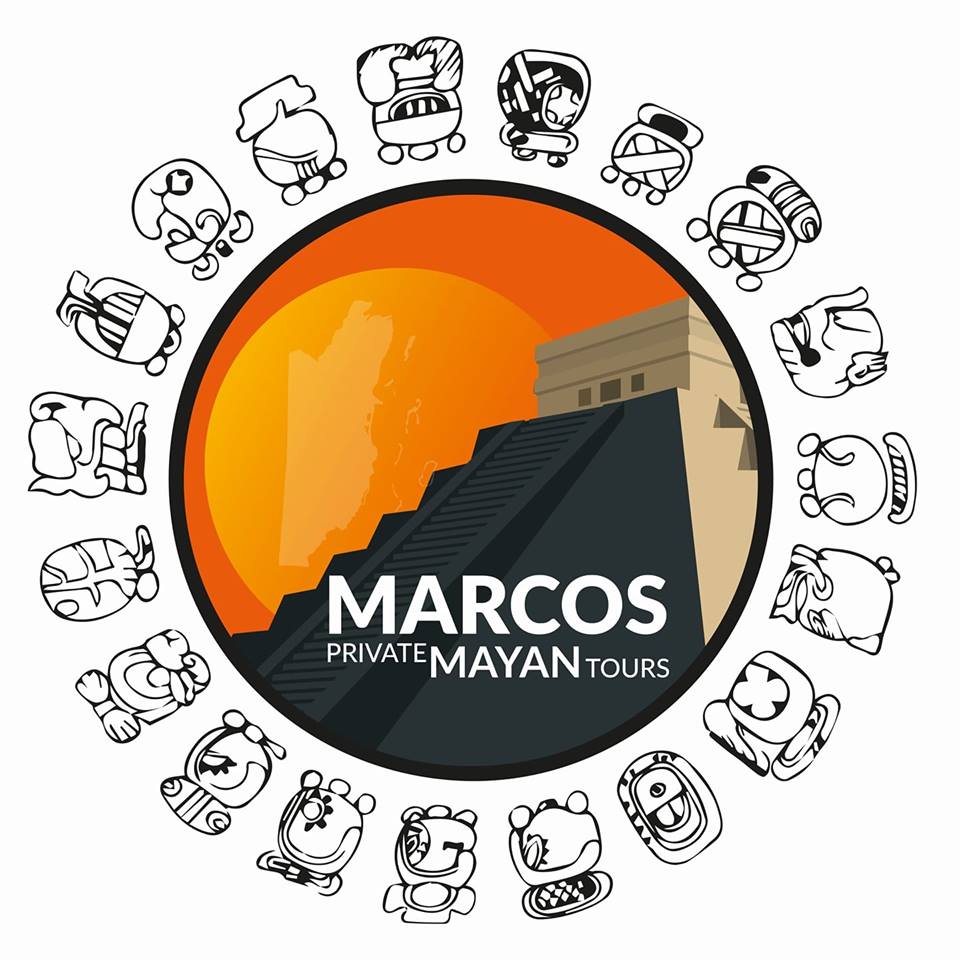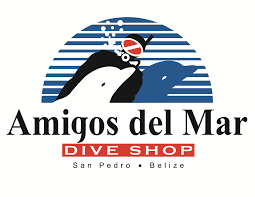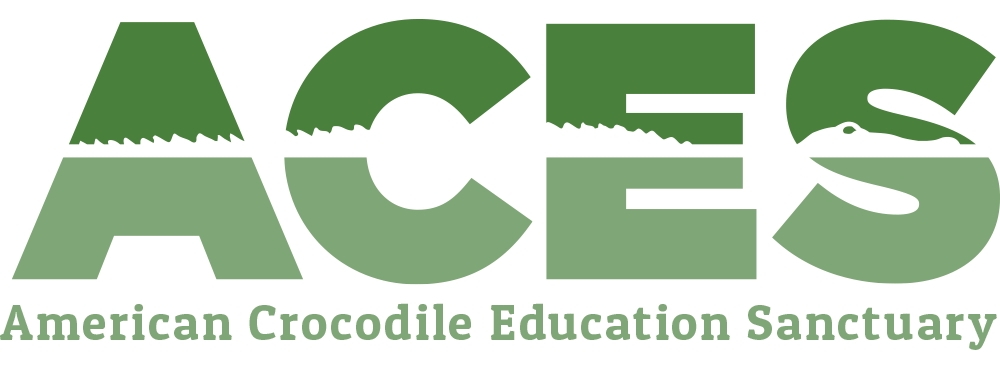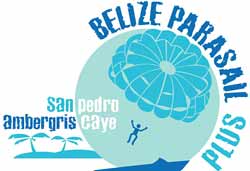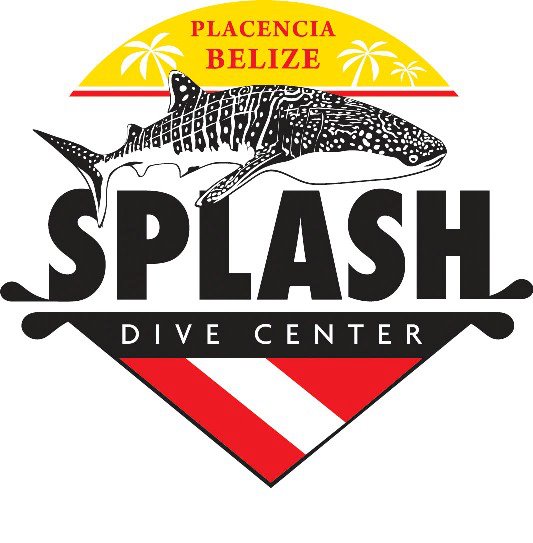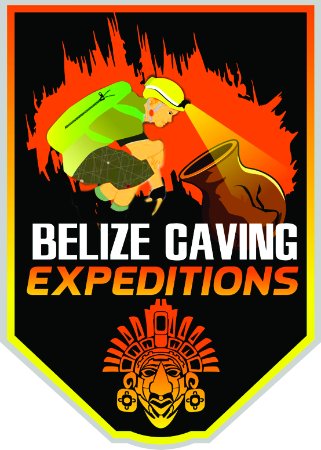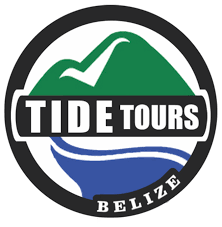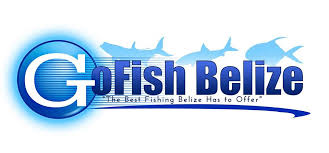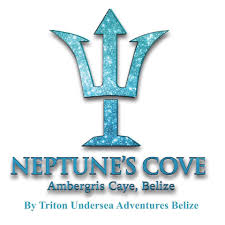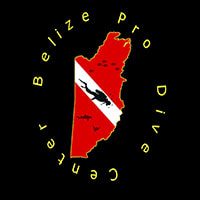|
Amazing Facts About Staghorn Coral Staghorn Corals are so named because their branches look like antlers. They some of the fastest growing corals and one of the most important in the Caribbean, having played a central role in the formation of the reefs over the last 5,000 years. They provide habitats for a diverse range of marine life and if in good conditions, can live for hundreds of years. What are Staghorn Corals? Staghorn Corals may look like plants or rocks, but they are actually animals. What we call ‘corals’ are made up of tiny animals named polyps. They can be as small as a pinhead or as long as a dart in diameter, and they group together to form large colonies. They then secrete a hard calcium carbonate shell, which gives them their ‘coral like’ appearance. Where are Staghorn Corals found? Staghorn Corals live on coral reefs throughout the Bahamas, Florida and the Caribbean. They inhabit clear waters and are typically found at a depth of 15–60 ft (4.5–18 m). What do Staghorn Corals eat? Like many corals, Staghorn Corals have a symbiotic relationship with single-celled algae called zooxanthellae, which live in the polyp tissues. They produce nutrients through photosynthesis which they then pass to the corals. These nutrients are their primary food source, but Staghorn Corals also prey on microscopic animals known as zooplankton. Being static, they wait for prey to come to them and then catch them using stinging cells, known as nematocysts, present on their tentacles. How do Staghorn Corals reproduce? Staghorn Corals are hermaphrodites, so have both male and female reproductive organs; they reproduce in two ways: sexually and asexually. Sexual reproduction occurs once a year in late summer, and it is quite the event to witness as eggs and sperm are mass released into the water column all at once. While each colony produces both sperm and eggs, they don’t self-fertilise, so sperm released from a different colony fertilises the eggs. The fertilised eggs then develop into larvae before settling and forming new colonies. Asexual reproduction occurs when a broken ‘branch’ attaches to the substrate and begins to grow once more. As Staghorn Corals are quite fragile, this is the most common method of reproduction. Are Staghorn Corals preyed upon? Staghorn Corals are fed on by nudibranchs and are also prey for butterflyfish, which target polyps as well as worms and other small invertebrates. It’s also not uncommon for certain species of fish, such as parrotfish, to bite off parts of the coral to reach prey hiding within. What are the biggest threats to Staghorn Corals? Staghorn Coral is listed as Critically Endangered on The IUCN Red List of Threatened Species. Climate change and the associated rise in sea temperature is the biggest threat to Staghorn Corals as changes in temperature can cause bleaching – when corals expel their zooxanthellae into the water column. This not only causes them to lose their primary nutrient source but also their colour as it is the zooxanthellae that are responsible for the beautiful colourings. Without them, they are white. Staghorn Corals are vulnerable to extreme weather events, which are on the increase as a result of climate change, and are easily damaged by hurricanes. They are also susceptible to disease, which can spread quickly and kill off entire colonies, and at risk from ocean acidification, invasive species and direct contact with humans, mainly through the fishing industry and tourism. What is the future for Staghorn Corals? While overall numbers of this species are dropping, certain populations are holding steady. This provides hope that they can recover if we look after them. Many of the populations are living in protected habitats, and there are management plans in place in currently unprotected areas. Some organisations are also growing Staghorn Corals in nurseries before planting them in the wild. While the future of Staghorn Corals is uncertain, possibly bleak, with time and dedication it may be possible to restore them to their former glory.
0 Comments
Did you love all the birds when you came to Belize? We have over 590+ species of birds, 20% of them mirgrate from the Northern States during winter. At Belize Budget Suites, you'll find the trees full of birds. You may be thinking, how can I create my own back yard bird habitat? Here are some suggestions, of some things you can do. BIRD HOUSES When to Place Boxes Make sure that your boxes are installed well before the breeding season begins. Don’t be discouraged if birds don’t begin nesting in them immediately; sometimes it takes time for the birds to discover them.
How to place your nest box Whichever method you choose to install your boxes, be sure that they are secure enough to withstand high winds and severe weather. The best way to put up small nest boxes is on free-standing metal poles. These pipes offer several advantages:
BIRD FEEDERS (7) Types of Bird Feeders 1. Hopper - If I were only able to have one bird feeder in my yard, then I would choose a hopper style. Hoppers are perfect for holding a general mix of bird food that appeals to a wide variety of species. If you were starting to create a bird feeding station, a hopper works well as a centerpiece that you can build other feeders around. Hopper feeders are characterized by a seed chamber that continually dispenses food at the bottom as birds eat, along with a functioning roof to prevent water from ruining your seed. Lastly, this feeder style usually provides some sort of ledge on both sides for birds to perch upon, although this is not a requirement as some hoppers have perch bars instead of a shelf. Hopper feeders can either be hung or mounted permanently to a pole. If you decide to suspend it in the air, make sure whatever you hang the feeder from is extremely strong and sturdy because hoppers can get heavy when filled with seed. 2. Tray / Platform Feeders - This is the best way we have found to feed birds. They are one of the most popular feeders. They tend to appeal to a WIDE variety of species. Many birds, enjoy having lots of space to move around as they eat. Tray/platform feeders come in dozens of different shapes and styles. They can be hung, mounted on a pole, or placed onto the ground. Trays can be added to tube feeders. Some platform feeders have built-in roofs installed overhead. Certain trays are plastic, and others are wooden. It attracts many ground-feeding birds along with many species of mammal. Along with having four legs that extend to sit on the ground, it can be easily hung in the air or mounted permanently to a pole. 3. Tube Feeders - Tube feeders are what many people picture when they think of feeding birds. As the name suggests, these types of feeders look like a long tube, but with feeding ports and perches spaced out on the tube which allow the birds to eat. Food and seed are filled from the top and slowly lower as it’s consumed through the ports. Tubes come in all sizes, from very short to extremely long. The material can be metal or clear plastic, and there can be two feeding ports or twelve. Tube feeders attract many types of birds, except for larger birds. By adding a tray to the bottom, you provide a place for ALL birds to eat. In a way, you are combining a tube feeder with a tray feeder. The attached tray offers a landing spot for larger birds. 4. Nyjer/Thistle Feeders - Nyjer feeders look very similar to tube feeders, and I almost lumped the two together under one category. In the end, I decided against it because there is one thing that is very different between the two types. Because it’s so small, nyjer seed can fit through openings that other foods can’t, which is why nyjer bird feeders were developed. Nyjer feeders are tube-shaped feeders, but the food ports are tiny so that only nyjer seed can fit through. If you try to put sunflower seeds in a nyjer feeder, you are going to have some hungry birds! You may also know nyjer seed as “thistle,” which it’s sometimes called, even though it has no relation to actual thistle. Nyjer seed is tiny and black, and is popular to use because it’s a favorite food for goldfinches! A few other birds will also eat nyjer, such as House Finches, chickadees, doves, and House Sparrows. 5. Suet Feeders - In case you don’t know, suet is the hard fat on the kidneys and loins of cattle and other animals. Birds enjoy eating it because it provides them with healthy fats they need for energy. Suet is especially helpful during cold winter months when insects are not available, which are what most birds eat to obtain their fats naturally. Woodpeckers are typically the most common birds that appear on suet feeders, but other species also enjoy the healthy fats that suet provides, such as wrens and starlings. Suet feeders come in all sorts of shapes and sizes. The type of suet feeder that you choose for your backyard depends on the style of suet you want to use. For example, suet is typically purchased in these four common styles:
6. Nectar Feeders - The main reason anyone puts up a nectar feeder is simple; they want to attract hummingbirds! Watching hummingbirds visit your backyard is pretty cool. These small, colorful birds are full of personality and incredibly unique. It’s no wonder everyone wants more in their garden! Because of their popularity, nectar feeders come in all different shapes, sizes, and construction materials. Some are as simple as a plastic dish with a top (which I think work the best!), others look similar to a bottle (see picture above), and many feeders are so unique and artsy they make better garden decorations than actual hummingbird feeders! A few things to remember before purchasing a nectar feeder:
7. Specialty & Unique - The types of bird feeders we have covered so far will satisfy most of the birds that visit your backyard. But we have barely scratched the surface of all the different bird feeder types that are available for purchase. Countless styles would make unique additions to your garden or feed a specific food (such as mealworms). 10 Questions To Ask When Choosing a Bird Feeder 1. What birds am I hoping to attract? I like to think about how a feeder will fit into my backyard feeding station. What types of bird food will be used? What species does the feeder cater towards? 2. Easy to fill? This becomes especially important as you obtain more and more feeders. A feeder that is easy to refill is especially beneficial during freezing temperatures! 3. Are the birds visible? I want to provide my backyard birds with feeders they enjoy using, but I also want to be able to see them myself from the house! I try to think if there are any blind spots where the birds can’t be observed. 4. Easy to clean? I look for hard to clean areas or if any part of the feeder comes apart to make cleaning easier. 5. Sturdy construction materials? I want to know what the feeder is made from; is it metal, wood, hard recycled plastic? Or is it some cheap plastic material that will probably break in a few months. 6. Who is the manufacturer? I have purchased many feeders over the years, and I have had good experiences with certain companies, which makes me more likely to buy from them again. These include Droll Yankees, Woodlink, & Aspects, to name a few. I also like to check if there are any warranties included. 7. Is the feeder squirrel-proof or squirrel resistant? If squirrels are a problem, this could be the most important question you ask yourself! 8. Is the food kept dry? It’s nice to walk to my feeding station after a big thunderstorm and see my food is still dry. It’s not possible with every feeder type but is something to think about. Proper drainage is also essential! 9. Will the birds like the feeder? Maybe this should be the first question you ask? If birds don’t feel comfortable on the perches or trays, then nothing else matters. Some bird feeders opt to look “cute” instead of being functional. 10. Can I easily see the seed level from my house? If I can avoid walking out to my feeders on a cold winters night to find out that the feeder didn’t need refilling, then that is a good thing! BIRD BATH BOWL Once you’ve got feeders set up, perhaps the best way to make your backyard more attractive to birds is to just add water. Birds need a dependable supply of fresh, clean water for drinking and bathing. Putting a birdbath in your yard may attract birds that don’t eat seeds and wouldn’t otherwise come to your feeders. (Other ways to attract birds are to supply a roost box and to provide nest material.) Traditional concrete birdbaths sold in garden shops make nice lawn ornaments, but they aren’t the best type for birds—they’re often too deep, glazed ones may be too slippery, and they’re often hard to clean. Also, they may crack if the temperature drops below freezing. The best birdbaths mimic nature’s birdbaths—puddles and shallow pools of water in slow streams; they’re shallow with a gentle slope so birds can wade into the water. Look for one that won’t break and is easily cleaned. Birds seem to prefer baths that are set at ground level, where they typically find water in nature. While birds are bathing they can be vulnerable to predators, especially to cats. If you have a cat, please keep it indoors. If cats are at all likely to be lurking in your neighborhood, make sure there is a fairly wide open area between your birdbath and the nearest thick shrubbery, so birds have a better chance to detect and get away from a cat in time. Place your birdbath in the shade if possible, to keep the water cooler and fresher. Having trees nearby will also provide branches on which they can preen. Arrange stones (or branches) in the water so birds can stand on them to drink without getting wet (this is particularly important during freezing weather). The water should be no deeper than 0.5 to 1 inch at the edges, sloping to a maximum of 2 inches deep in the middle of the bath. One of the best ways to make your birdbath even more attractive is to provide dripping water. Many birds find the sight and sound of moving water irresistible. You can use a commercial dripper or sprayer, or make your own by recycling an old bucket or plastic container. Punch a tiny hole in the bottom, fill it with water, and hang it above the birdbath so the water drips into the bath. Winter Bird Baths This so much isn't a problem for Belize, but if you are from the North, you will need to consider this. Birds will come to birdbaths year-round, and fortunately keeping yours ice free in winter is not as critical as many people believe. Birds have several physiological mechanisms for conserving water, and can usually get plenty from snow or dripping icicles. The simplest way to provide water in winter is to set out a plastic bowl at the same time each day, and bring it in when ice forms. If you do want to keep a birdbath ice-free during subfreezing days, manufacturers now offer birdbaths with built-in, thermostatically controlled heaters. Immersion heaters are also available at most places bird feeders are sold. Most new models turn off if the water in the bath dries up. Ideally, plug your heater into a ground-fault interrupted circuit (available from hardware or electrical supply stores) to eliminate the chance of electric shock. Never add antifreeze to the birdbath—it is poisonous to all animals, including birds. Don’t use glycerin, either: it can saturate and matt a bird’s feathers leaving it susceptible to hypothermia. Maintaining your Bird Bath When the temperature is above freezing, it’s a good idea to keep your birdbath full at all times to attract the widest numbers and variety of birds. But to provide a safe drinking and bathing environment, it’s important to change the water every day or two. Bathing birds may leave behind dirty feathers and droppings, making the bath increasingly unsanitary for other birds. Grackles often drop their nestlings’ fecal sacs into birdbaths, another cause of filthy water. Algae grows much more quickly when the water isn’t cleaned frequently. Also, the species of mosquitoes most likely to transmit West Nile virus often lay their eggs in bird baths. By frequently changing the water, you won’t give the eggs time to hatch or for the larvae to emerge. Steps To Cleaning Your Bird Bath
WHAT TO DO ABOUT PREDATORS Next boxes can also make birds easy targets for predators. Common predators of nests in nest boxes include raccoons, cats, snakes, and squirrels. Try to protect your nest boxes by using predator guards. Here are some tips to help you thwart these common next box predators. Raccoons and Domestic Cats Raccoons and cats are abundant in both rural and suburban areas. Raccoons are especially difficult to deter because they are very intelligent. Once they learn that nest boxes are good sources of food, these nocturnal creatures have been known to destroy nests in entire groups of boxes. Similarly, cats can quickly learn that nest boxes can be the source of an easy meal. When raiding nest boxes, both raccoons and cats will leap to the top of a box, sit on the roof, and “dip” into the entrance hole with their front paws to grab the eggs or young birds inside. Ways to prevent raccoons and cats from raiding your boxes:
Snakes Snakes are an occasional predator of eggs and nestlings, especially in southern states. A conical metal collar mounted below the box will prevent most snakes from climbing up from below, but very large snakes can occasionally circumvent these barriers. In this case, it is helpful to have a Noel predator guard installed as a backup. Also, nest boxes should be placed away from trees to prevent snakes from accessing them from overhead branches. Squirrels In some regions, squirrels do great damage to nest boxes. By chewing at entrance holes to enlarge them, they make it easier for themselves and other predators to enter. If squirrels are common in your area, simply cut a hole the same size as the nest box entrance hole in a rectangular piece of sheet metal and attach it to the front of the nest box so that both holes line up. Fire Ants
Fire ants, common in the Southeast, can be attracted to active nests. To prevent them, add a baffle to your freestanding pole. Then, caulk the area between the baffle and the pole to prevent the ants from getting in between them and add petroleum jelly to the pole just below the caulk. The baffle keeps the petroleum jelly from washing away in the rain and the petroleum jelly prevents the ants from getting a good grip on the pole. If you don’t have a box on a freestanding pole (like on the side of a house or on a tree), you might not be able to fully prevent the ants from accessing the box. If you decide to move the nest box, make sure you wait until breeding season is over. |
Is located on the island of Ambergris Caye, directly across from the Belize Barrier Reef, off the mainland coast of Belize. The property is nestled in a cluster of Australian Pine trees, backed to a littoral jungle, and surrounded by tropical gardens. It's about a one minute walk from the property to the beach, and a 10-15 minute drive from the island airstrip to the property.
We offer one bedroom suites (455 s.f.) of living area to include: livingroom, kitchenette, private bathroom and bedroom. We are also about a one minute walk from one of the best restaurants on the island serving (breakfast, lunch & dinner). Within walking distance you can find: (3) blocks is Robyn's BBQ (4) blocks is 2 fruit stands (5) blocks local grocery store IF YOU'RE COMING TO BELIZE TO............... If you're coming to Belize to dive the Blue Hole, descend the shelf walls at Turneffe, snorkel the Barrier Reef, explore Mayan ruins, rappel into a cave, kayak along the river through caves, zip line through jungle tree tops, hike through a cave to see an ancient human skeleton, swim with sharks, listen to Howler Monkey's, hold a boa constrictor, feed a jaguar, horseback ride through the jungle, canoe through a cave, rappel down a waterfall, sail around an island, enjoy cocktails & dinner to a sunset, climb 130' feet to the top of a Mayan ruin, rip up the jungle trails on an ATV, float through a series of caves on a tube, and sip on a rum punch..... then this is the place for you. Belize Budget Suites, offers you clean, affordable, attractive, accommodations, at prices that allow you to do all the things just mentioned. Archives
February 2021
Categories
All

For All Your Home Improvement Needs

For all Your Real Estate Needs
501-226-4400 10 Coconut Dr. San Pedro, Belize Your Ad Could Go Here
|

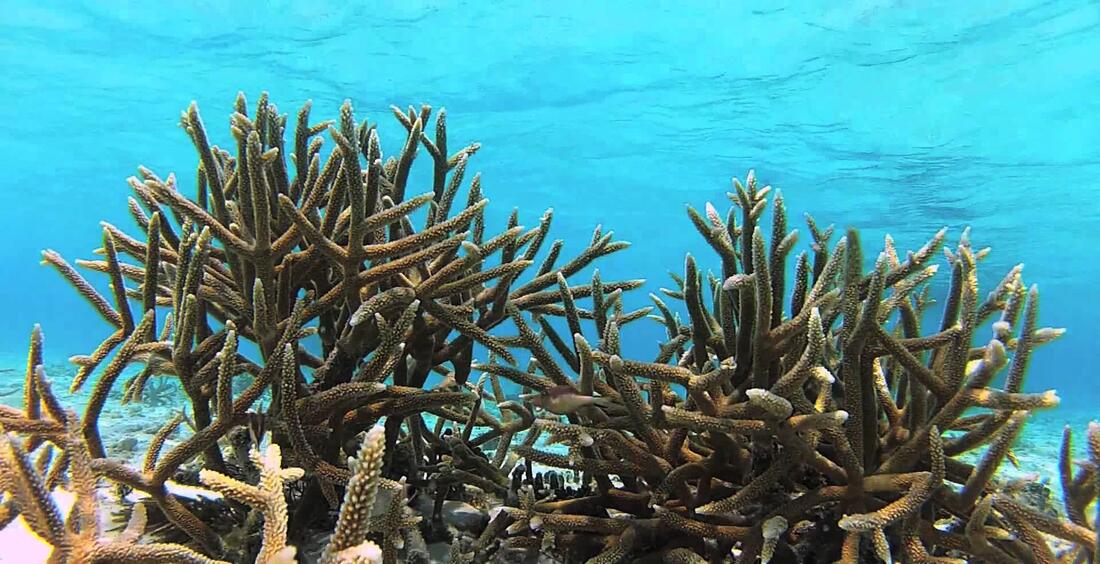
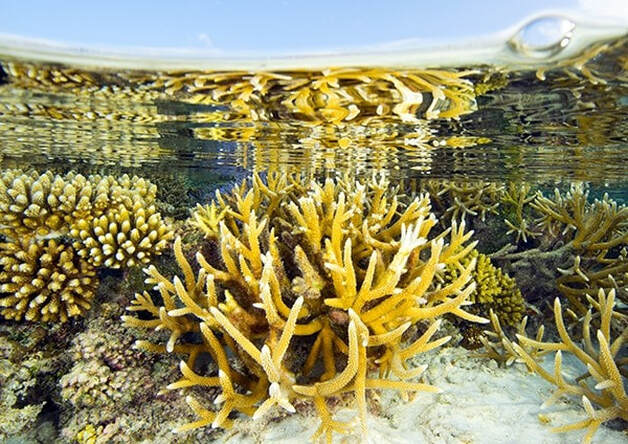
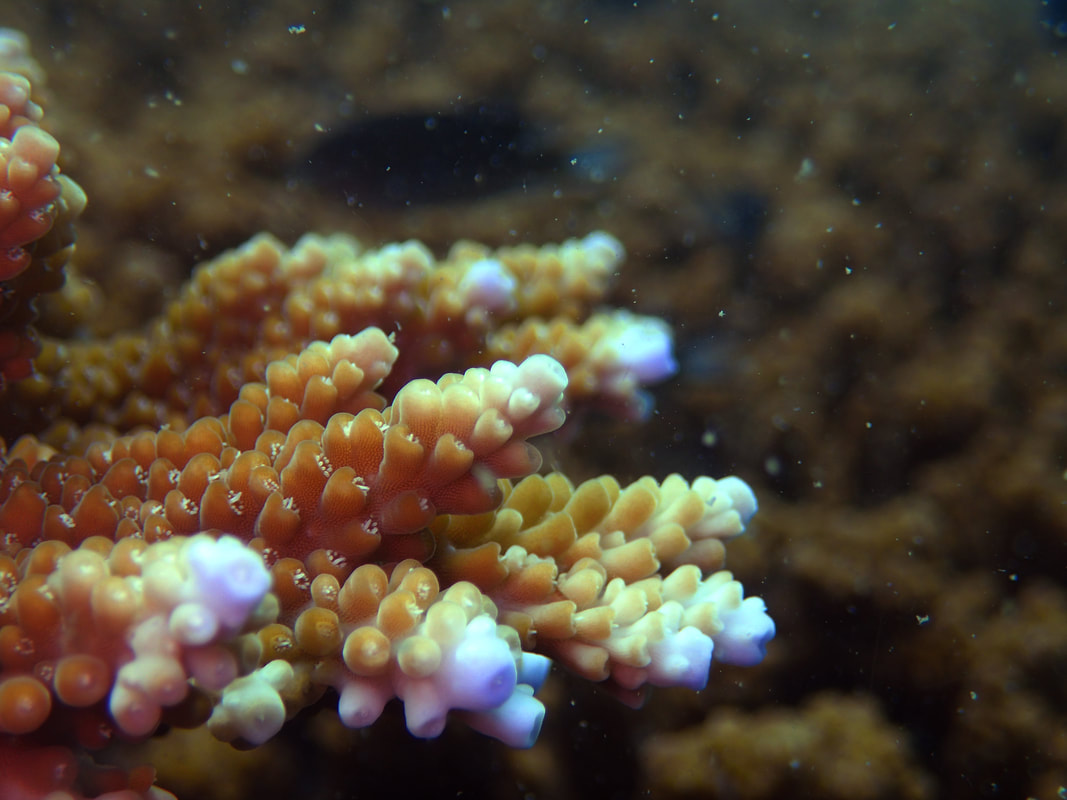
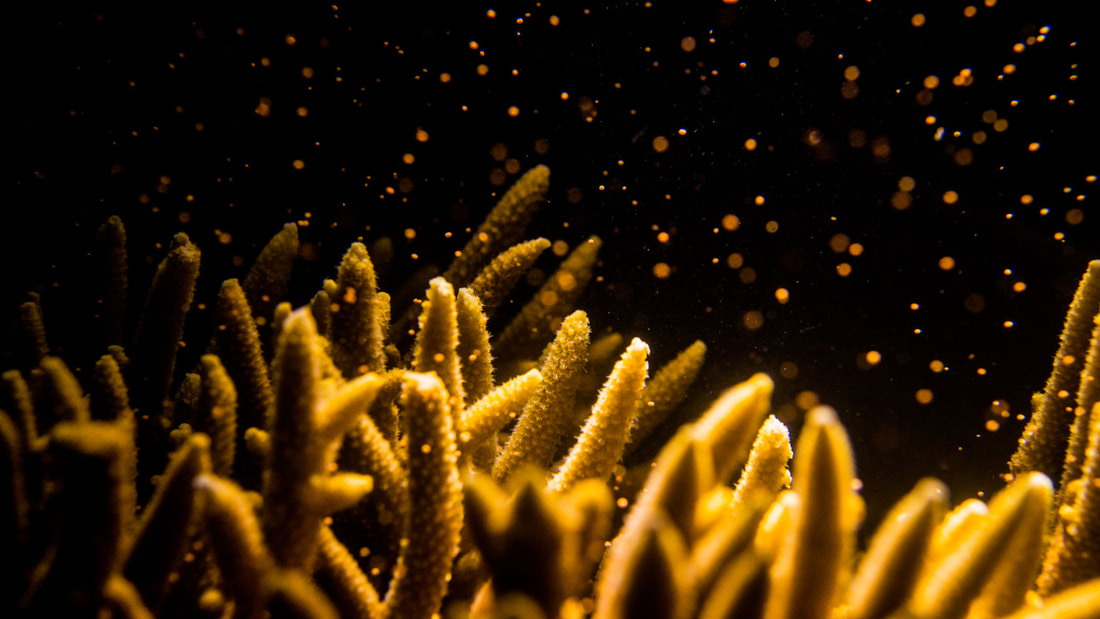
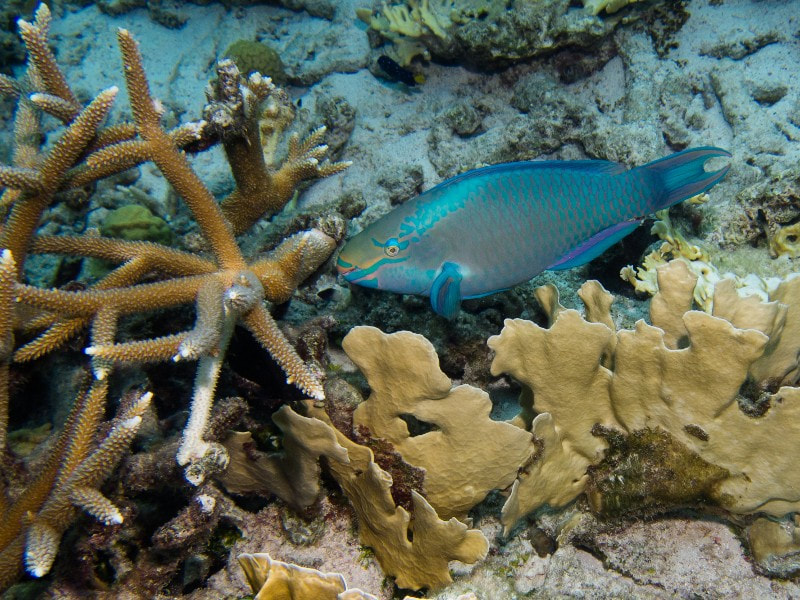

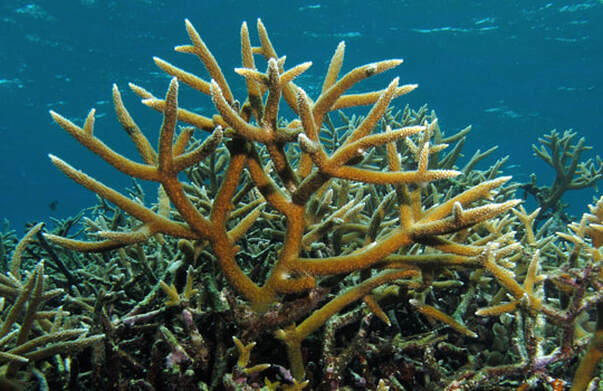
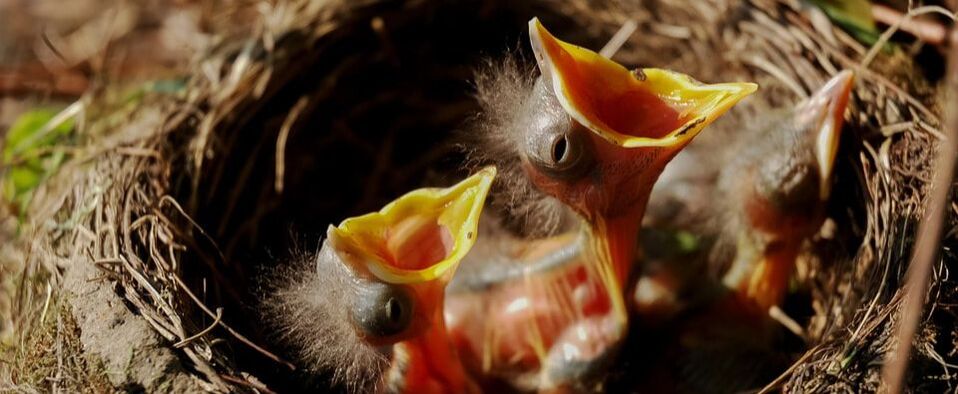
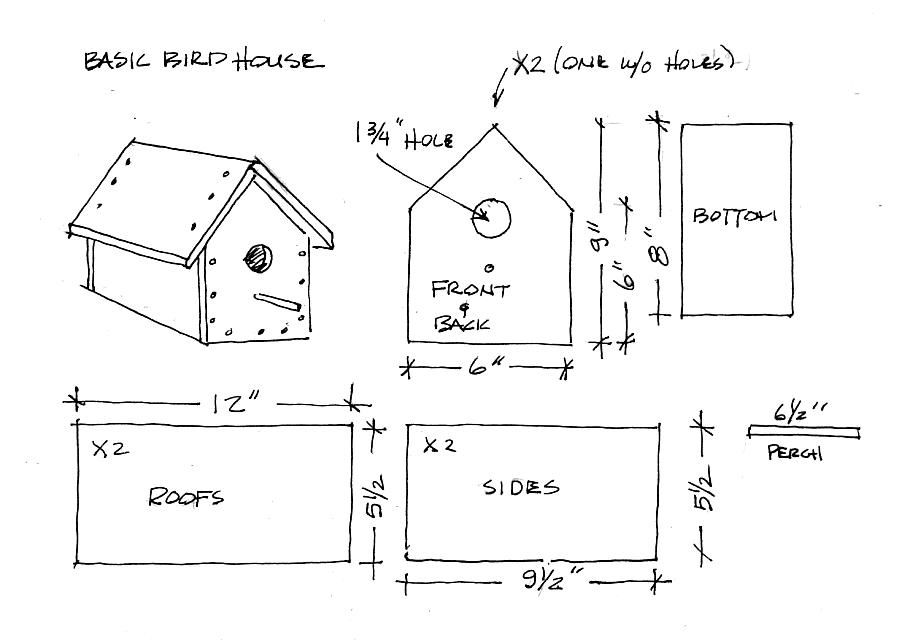
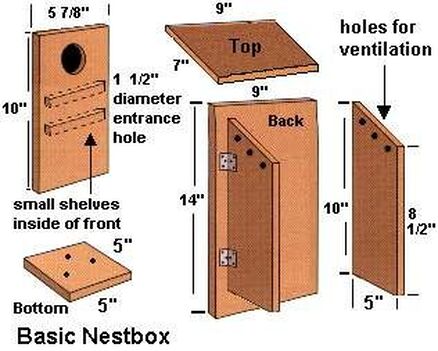
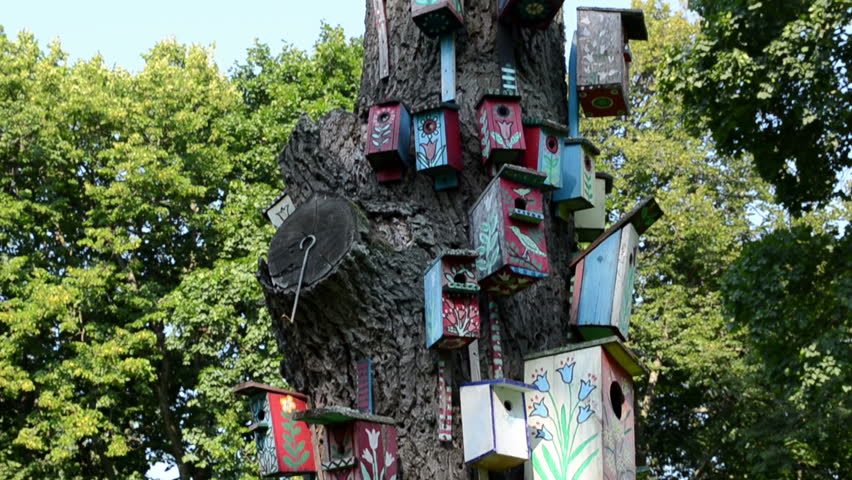
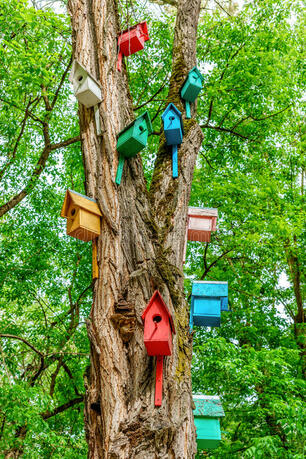
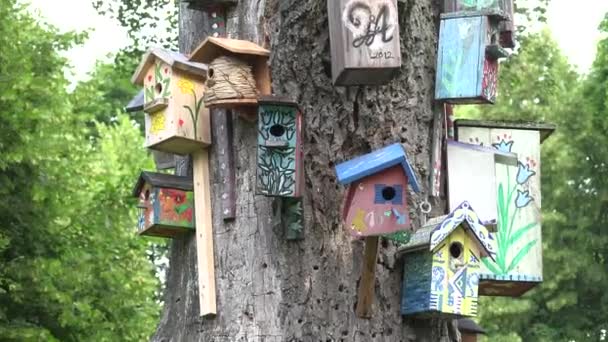
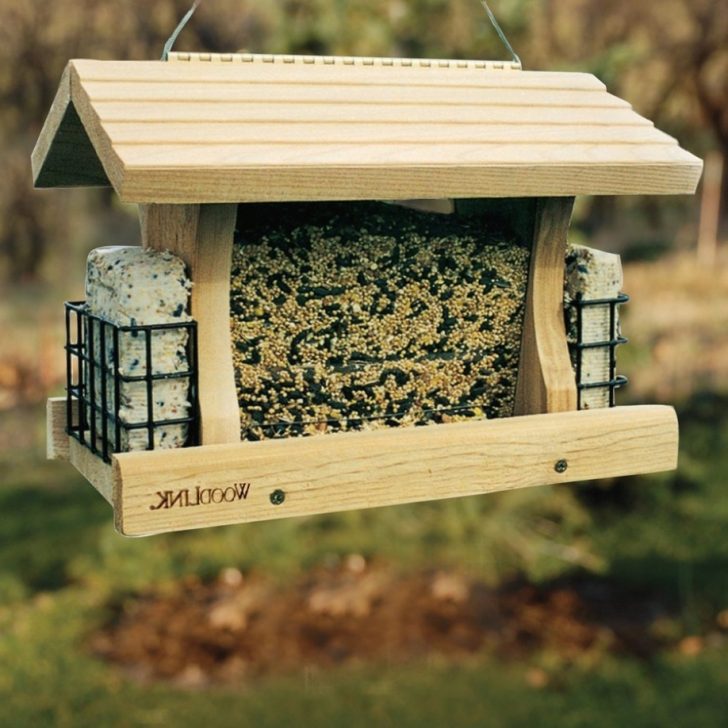
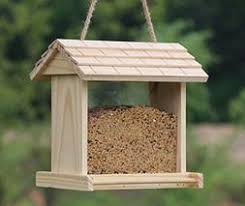

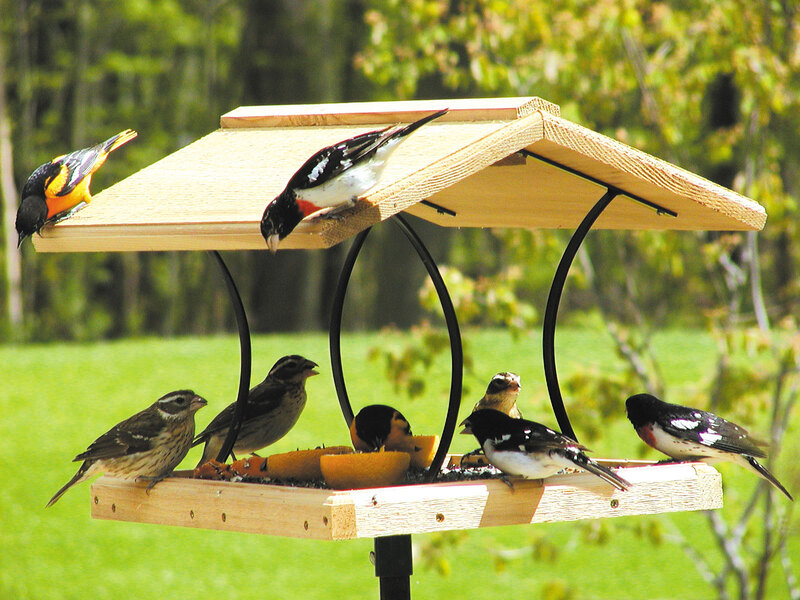
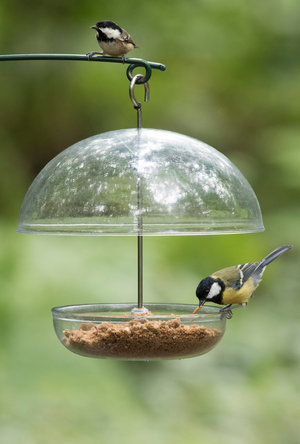
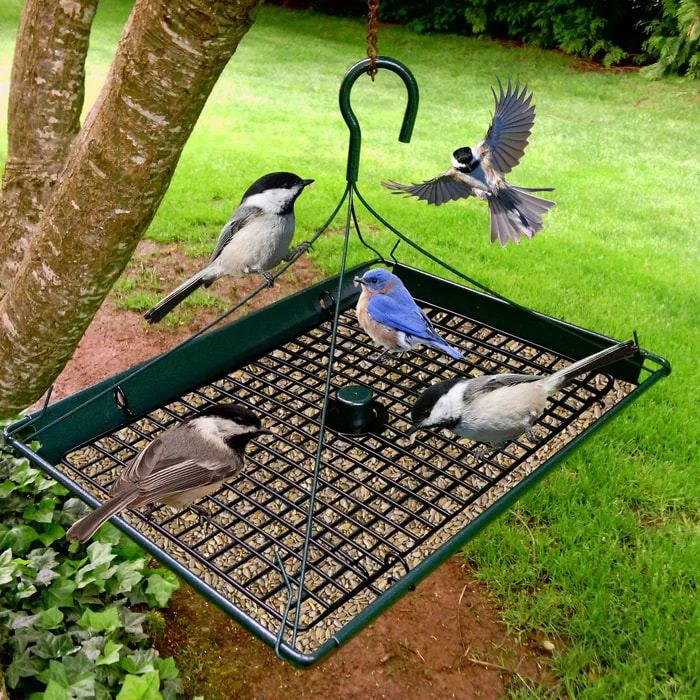
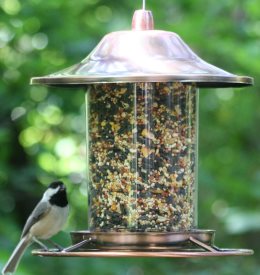
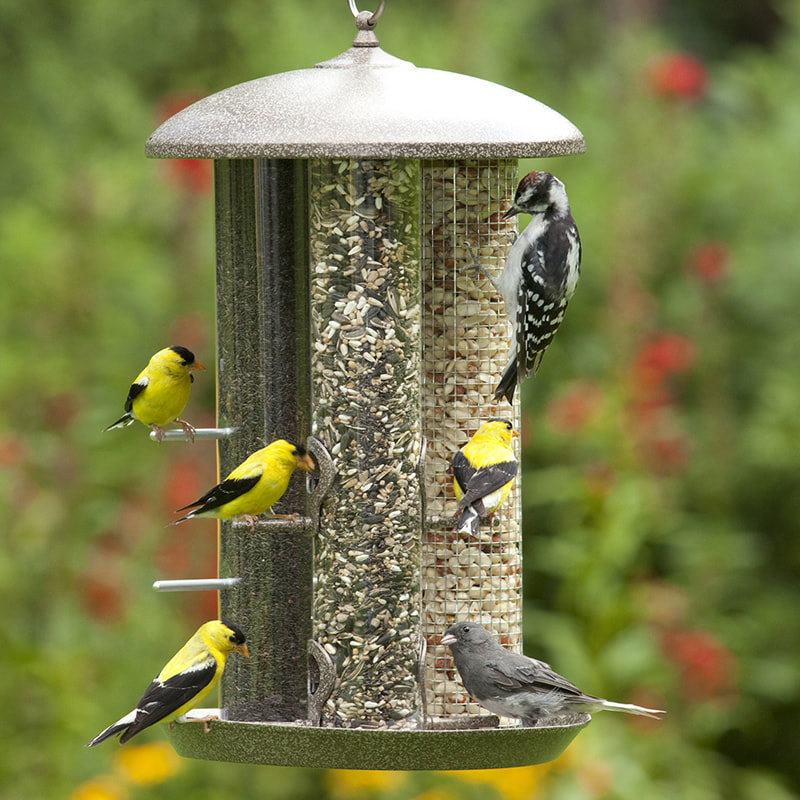
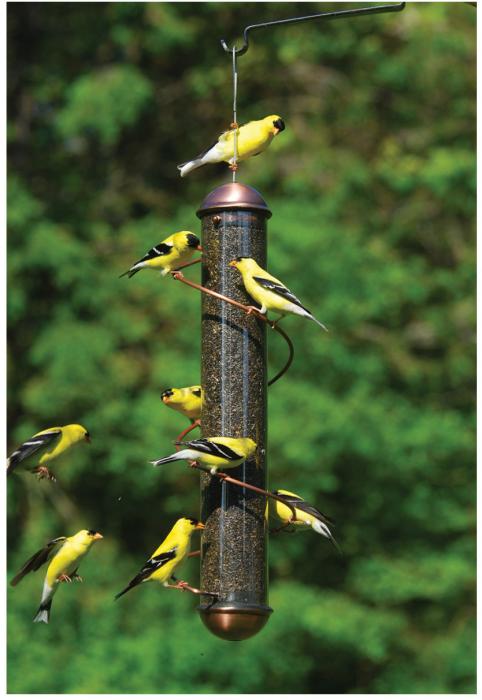
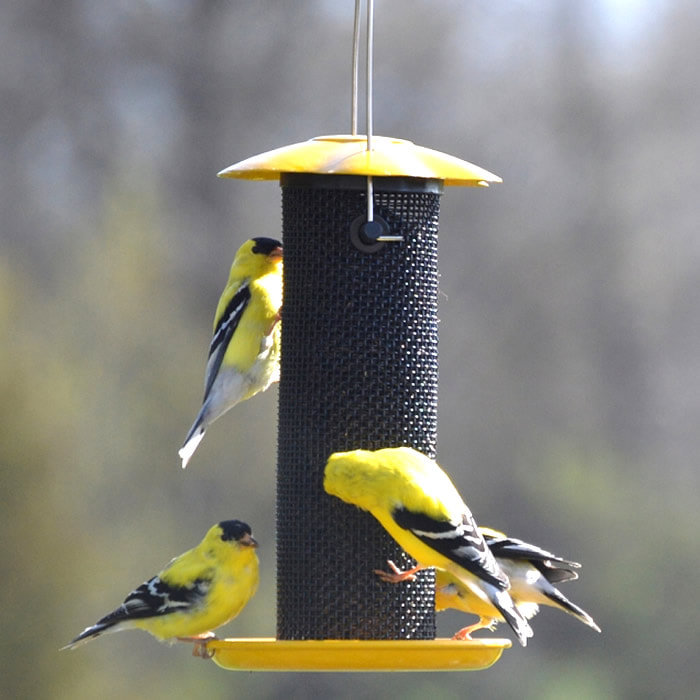
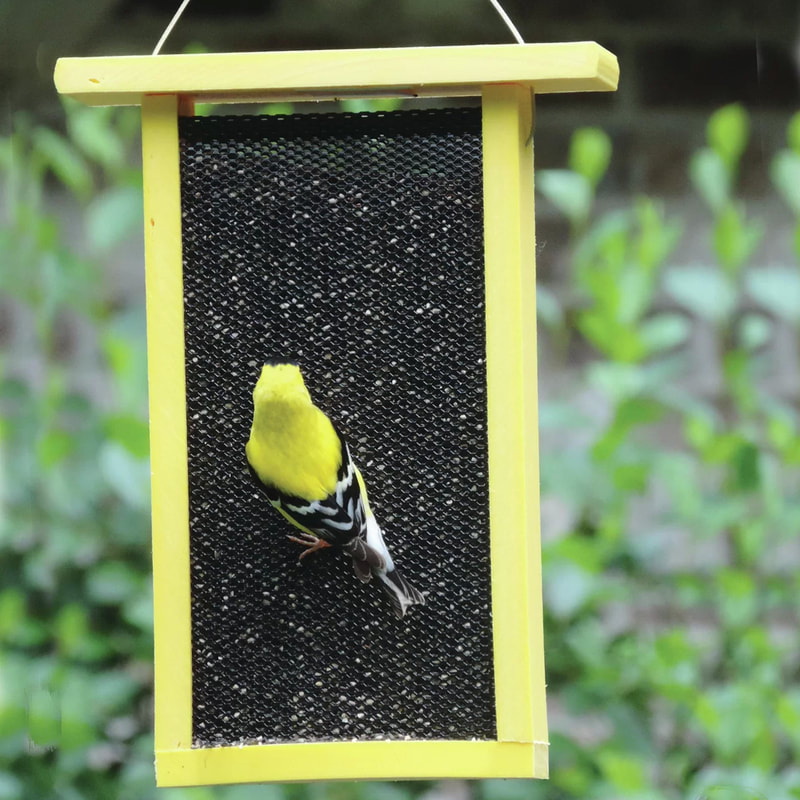
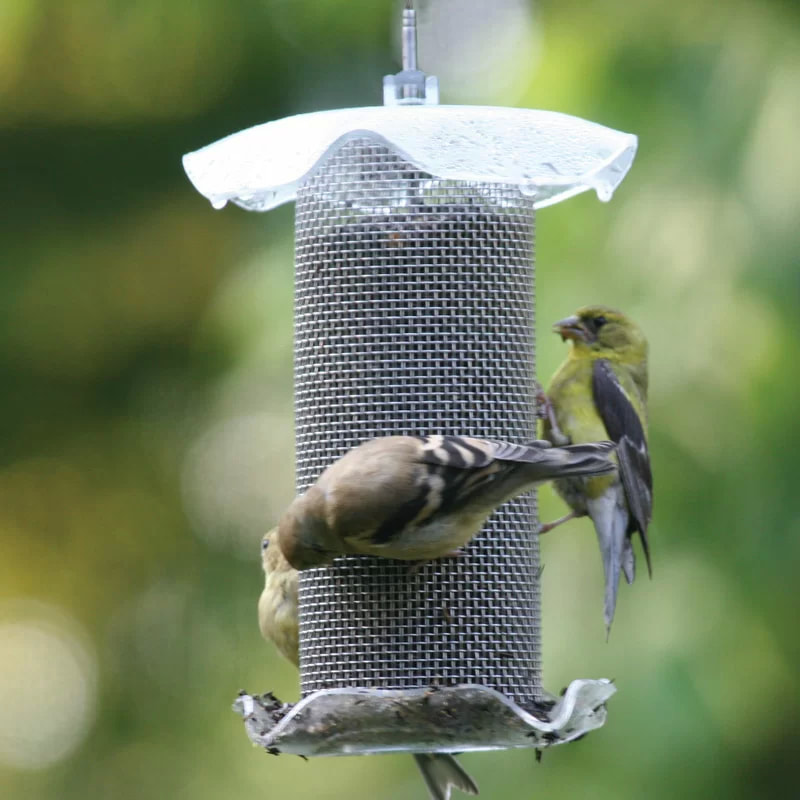
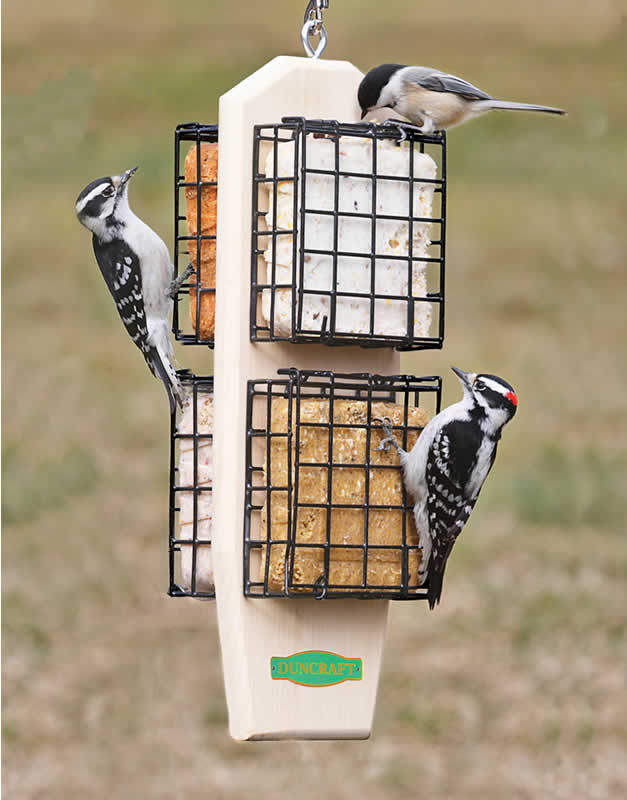
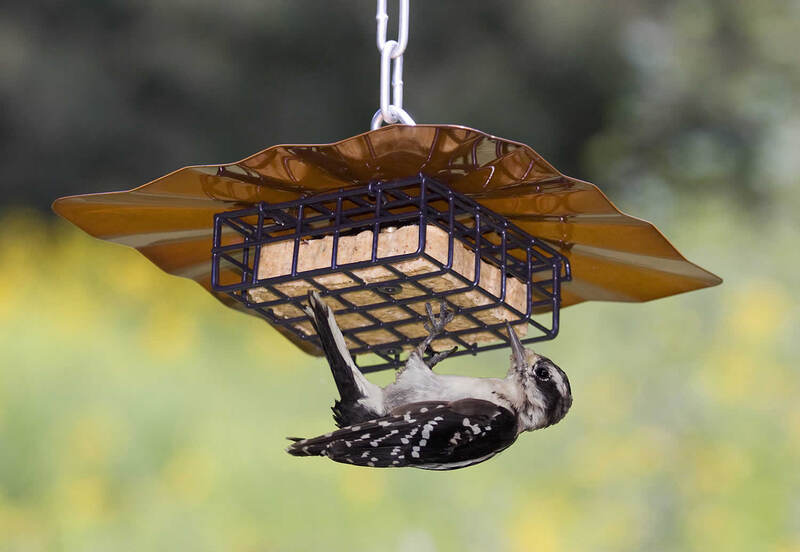
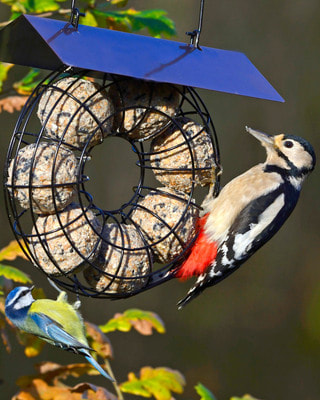
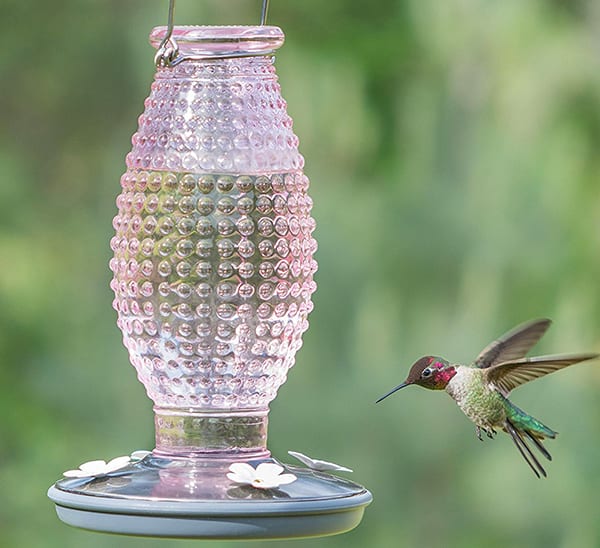
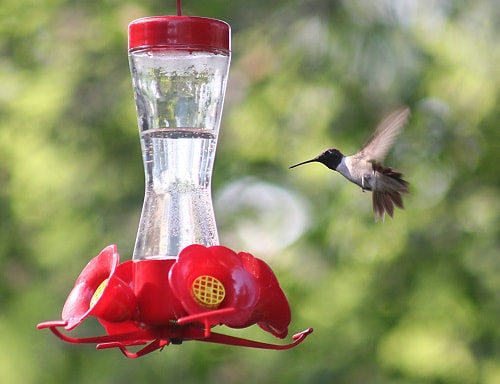
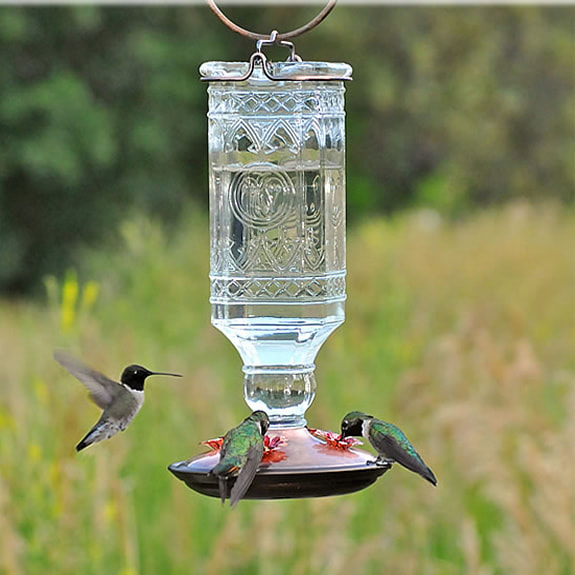
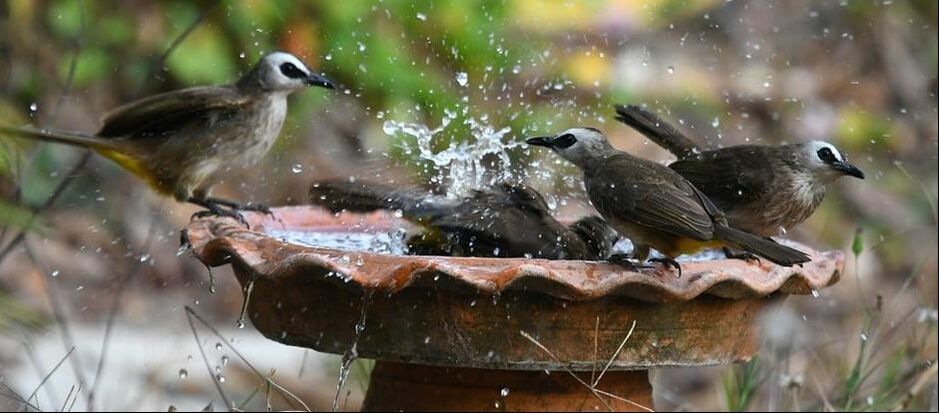
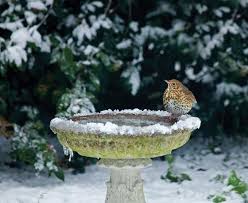
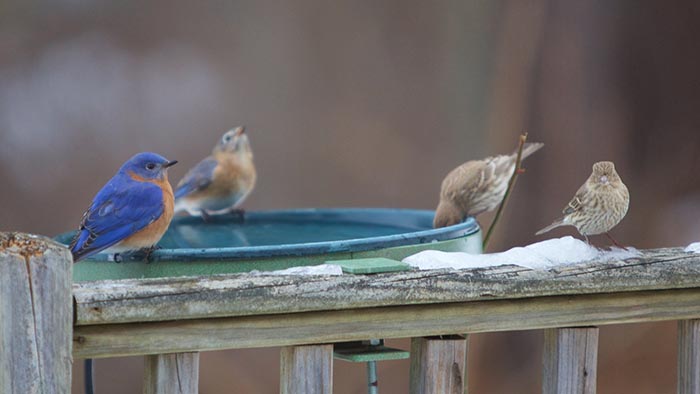
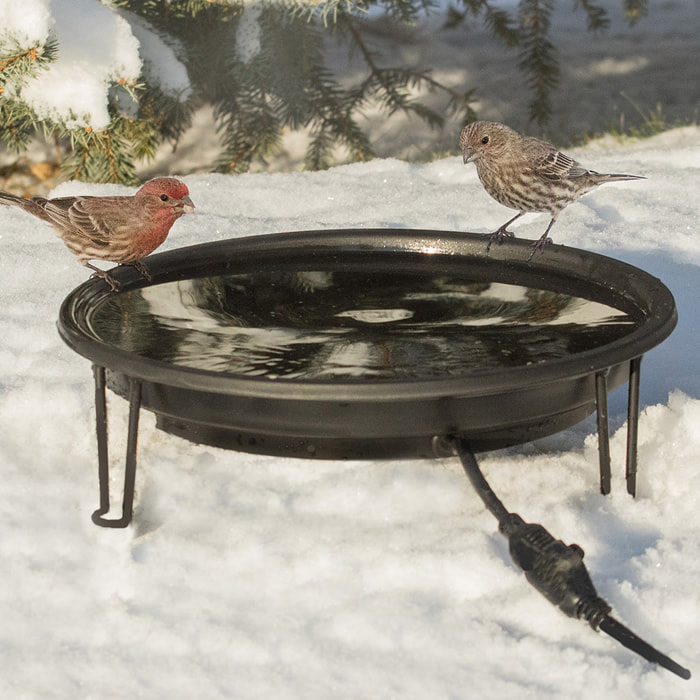
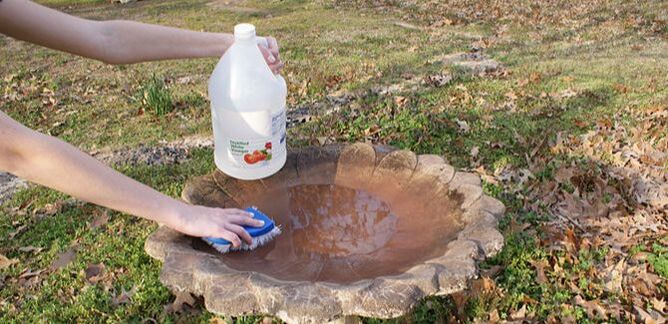

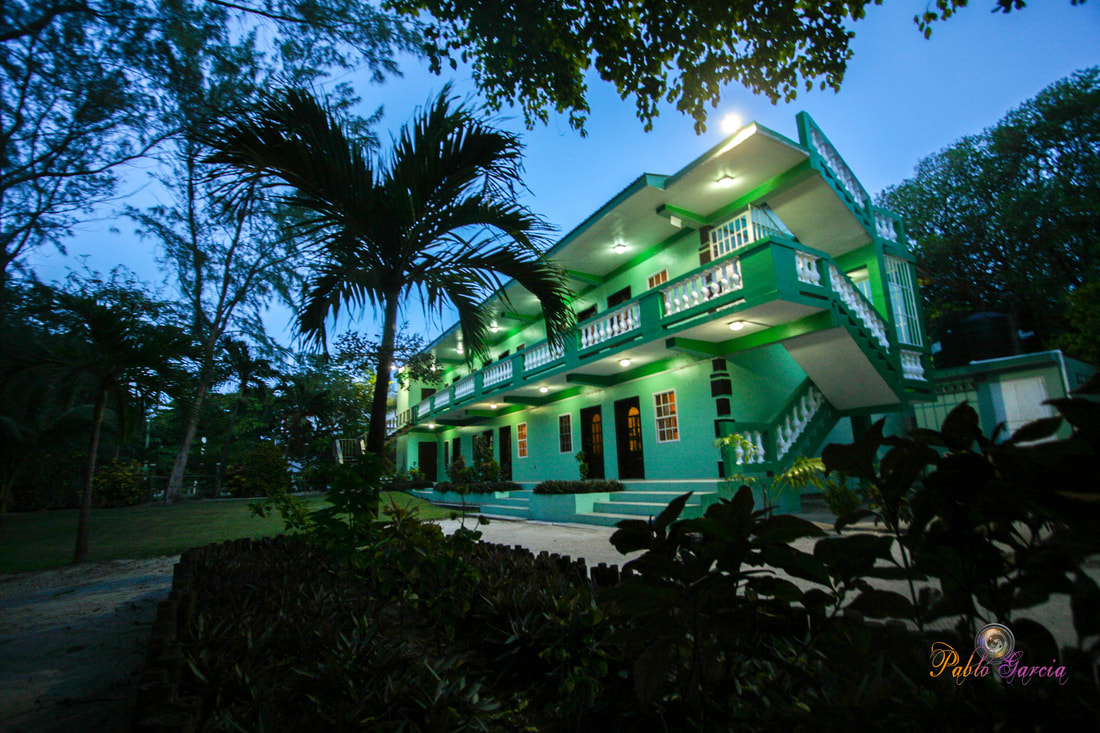
 RSS Feed
RSS Feed

